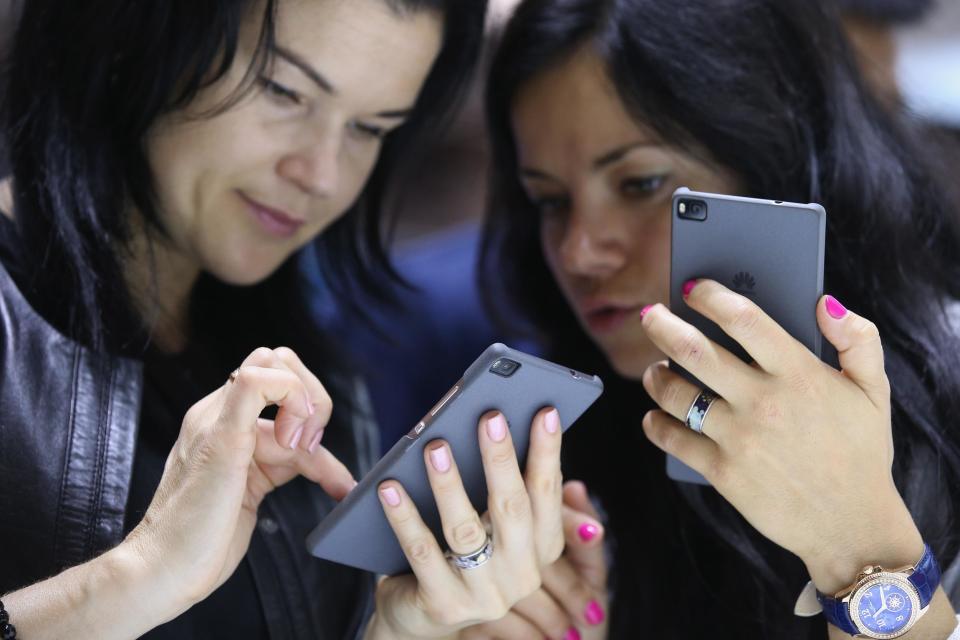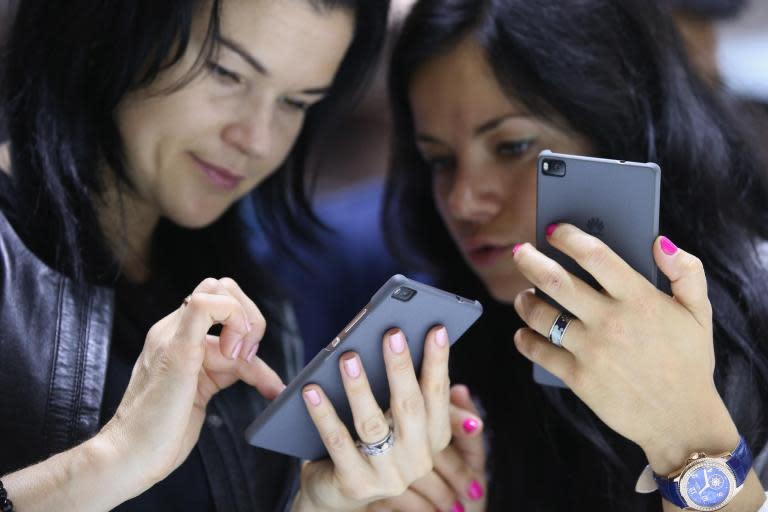Huawei Google ban: What does the Google block mean for Huawei phone owners?
Things haven't been going too well for Huawei.
The fallout from the US-China trade battle has seen US President Donald Trump ban the Chinese tech company’s equipment from US networks, and since then Google have announced it is going to block Huawei from using Android apps on its devices.
Huawei’s phones are unavailable to buy in the US following concerns by the US government of the company’s links to the Chinese government, so a ban of this nature won’t really affect US consumers. Instead, it’s more likely to have an effect on some of Huawei’s biggest phone markets - the UK and Europe.
Networks in the UK are already beginning to follow suit, with EE deciding to omit Huawei’s Mate 20 X 5G handset from its 5G line-up while Vodafone cancelled an event based around its own 5G rollout.
Ben Wood, mobile industry analyst at CSS Insights, called the news “alarming” on Twitter. “Being unable to get support from Google for Android updates and apps would be highly problematic for Huawei’s consumer devices business,” he wrote.
Here's what the Huawei ban could mean for you and the future of smartphones:
What does the Google Huawei ban mean for Huawei phone owners?
At the moment, Huawei phones run on Google’s Android mobile operating system (OS), the base code which the phones run on. Huawei then adds what is called a “skin” on top of the standard Android user interface, essentially adding its own spin on Android.
Right now, this ban shouldn’t mean anything. Google has said the Google Play Store, the Android app store through which Android device owners get their links to the outside world, and the security features which come with Android, will continue to be available on existing Huawei devices.
For Huawei users' questions regarding our steps to comply w/ the recent US government actions: We assure you while we are complying with all US gov't requirements, services like Google Play & security from Google Play Protect will keep functioning on your existing Huawei device.
— Android (@Android)
That means anything from the recent Huawei P30 range release, the upcoming Huawei Mate 20 X 5G, and previous devices are all fine.
However, it looks like anything the company releases in the future, such as the upcoming Mate 30 range, which is slated for an October release, could lose access to crucial Android services, including Google Play, Maps and the Gmail app.
Huawei phones not affected by the Google ban
Huawei P30: P30 Pro, P30, P30 Lite
Huawei P Smart
Huawei Mate 20: Mate 20 Pro, Mate 20, Mate 20 Lite, Mate 20 X
Huawei P20: P20 Pro, P20, P20 Lite
Huawei Mate 10: Mate 10 Pro, Mate 10, Mate 10 Lite
Huawei P10: P10 Plus, P10, P10 Lite
The US government had previously temporarily eased some of the restrictions on Huawei which means for the next three months, the company is allowed to purchase US-made goods and provide software updates to existing Huawei handsets.
Google hasn't published an update to its statement from yesterday, so it seems like your current Huawei device is safe for now. What happens to the company's next releases remains to be seen.
Does this mean Huawei phones won’t be Android phones?
Not exactly. Any company that designs and builds a phone can use Android’s mobile operating system because of its open source nature.
However, this move means Google is no longer going to provide technical support and collaboration for Android and Google services to Huawei.
As well, Android updates only come to the open-source version a lot later than the licensed one. This is particularly concerning when it comes to security updates. For instance, in the case of the WhatsApp spyware issues last week, phone owners were encouraged to update their device’s software to ensure they were safe from an attack of this nature.
Not being able to access the most recent Android security updates could have implications for Huawei phone owners.
In a statement, Huawei said: "Huawei will continue to provide security updates and after-sales services to all existing Huawei and Honor smartphone and tablet products, covering those that have been sold and that are still in stock globally."
The company does have a back-up plan. Huawei's head of consumer, Richard Yu, told the German publication Die Welt back in March that it had been working on its own operating system, should it ever come to this.
Then again, Huawei’s Android skin, EMUI, isn’t the easiest phone interface to use already so who knows what a Huawei phone would be like to use, completely devoid of Android.
In the meantime, there have been a wealth of other Android phones released in 2019 already to try.
What does this mean for Huawei and 5G?
Back in February at the annual Mobile World Congress conference in Barcelona, Huawei announced its first 5G smartphone would be the Mate 20 X 5G. It followed up with an event last week in London to unveil the device officially and the networks it would be available on, including O2, Three and EE.
However, since the Google/Android debacle, EE has revealed it is pulling the Huawei 5G phone from its device line-up. Marc Allera, the chief executive of EE, said the company has "paused" the launch of Huawei's 5G phones, following the unsure circumstances around the company.

Already, this demonstrates the effect the license ban is having on Huawei after only a few days.
This could affect the future of smartphones
Huawei is championed as one of the most innovative smartphone brands, often showcasing its design and technical prowess at various keynote events around the world.
This is how the company has managed to go from a largely obscure Chinese brand to one of the biggest phone makers in the world, selling 59.1 million phones in the first quarter of 2019.
This ban will have implications for Huawei in terms of how consumers trust the company or even want to use and buy the phones.
It also has implications for the future of smartphone design. Take, for instance, the Huawei Mate X, the company’s folding phone. Google has been working with both Huawei and Samsung to create the next version of Android that works well on folding phones.

By ending this close relationship, future smartphone design will certainly be affected.
This isn't just about Google too. Chipmakers which supply designs and parts for Huawei's Kirin processors have also suspended working with the Chinese company, including Qualcomm and UK-based company ARM.
According to BBC News, ARM, which is owned by Japanese conglomerate SoftBank, told staff they must "halt all active contracts, support entitlements, and any pending engagements" with Huawei. This is because the company's designs contain "US-origin technology" and so are affected by the Trump ban.

 Yahoo News
Yahoo News 


